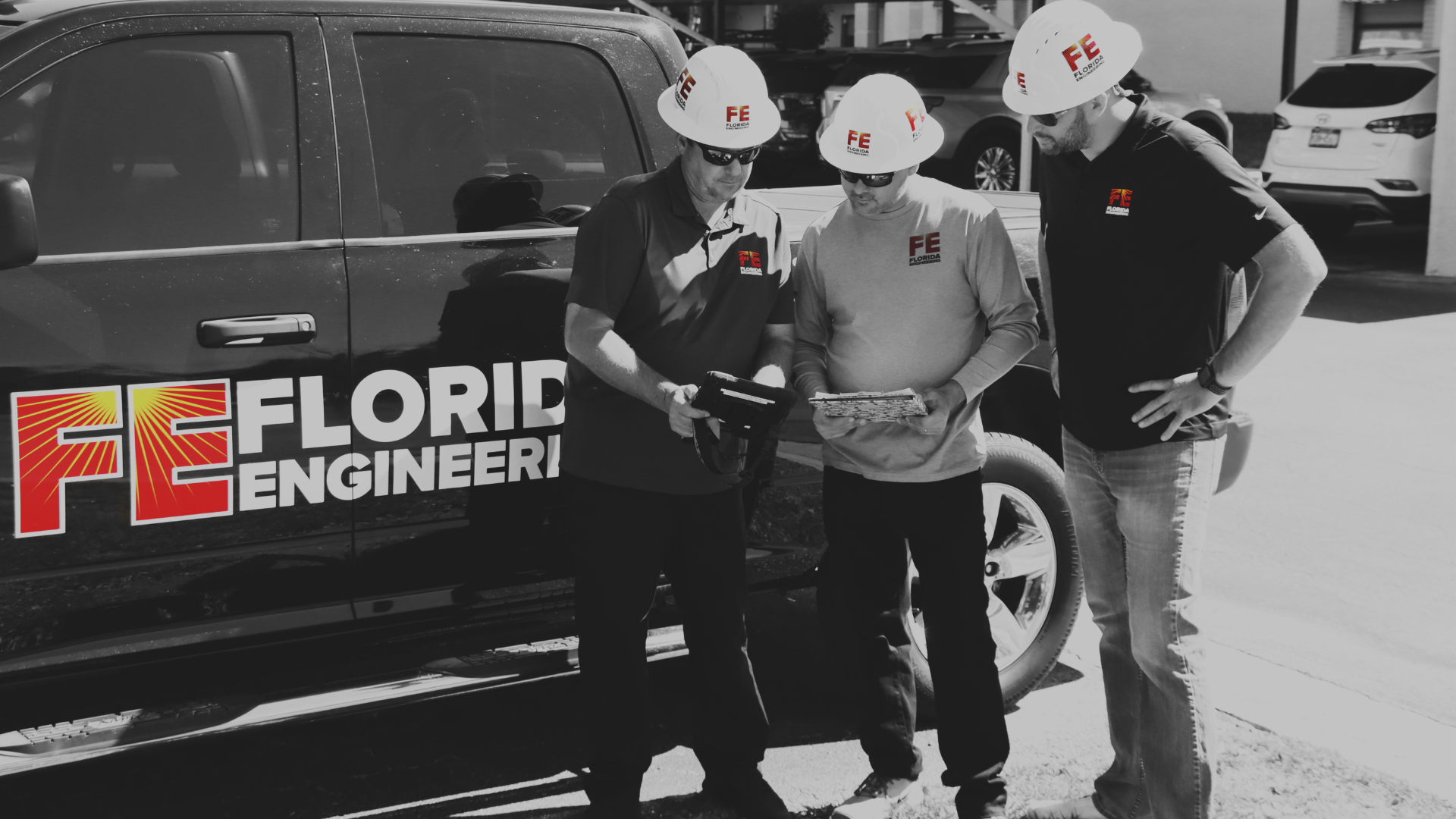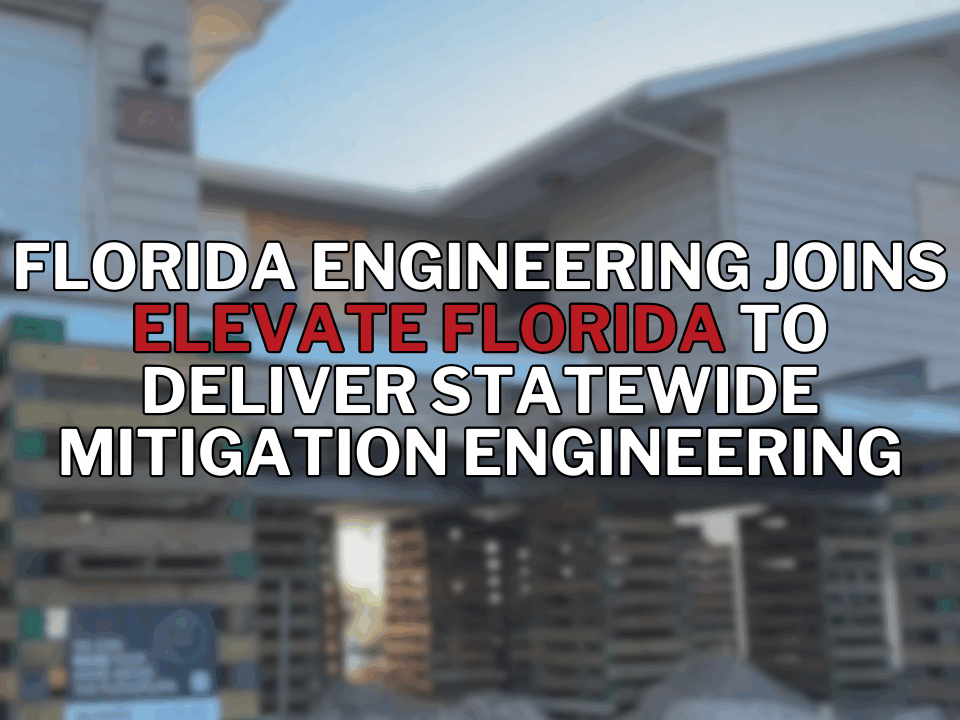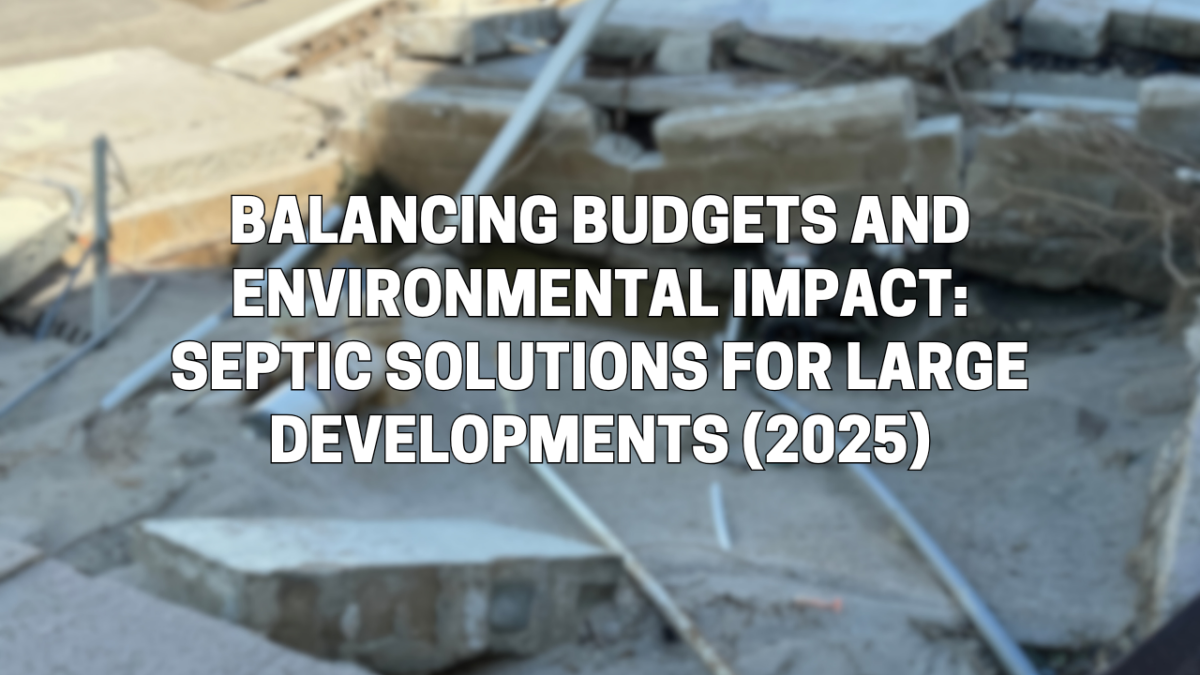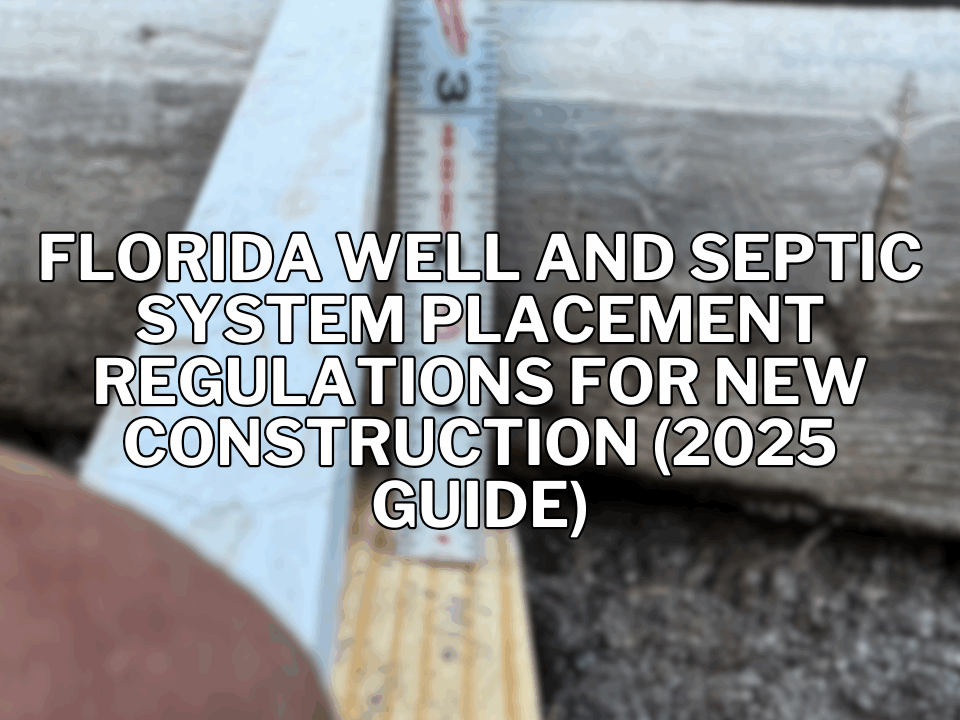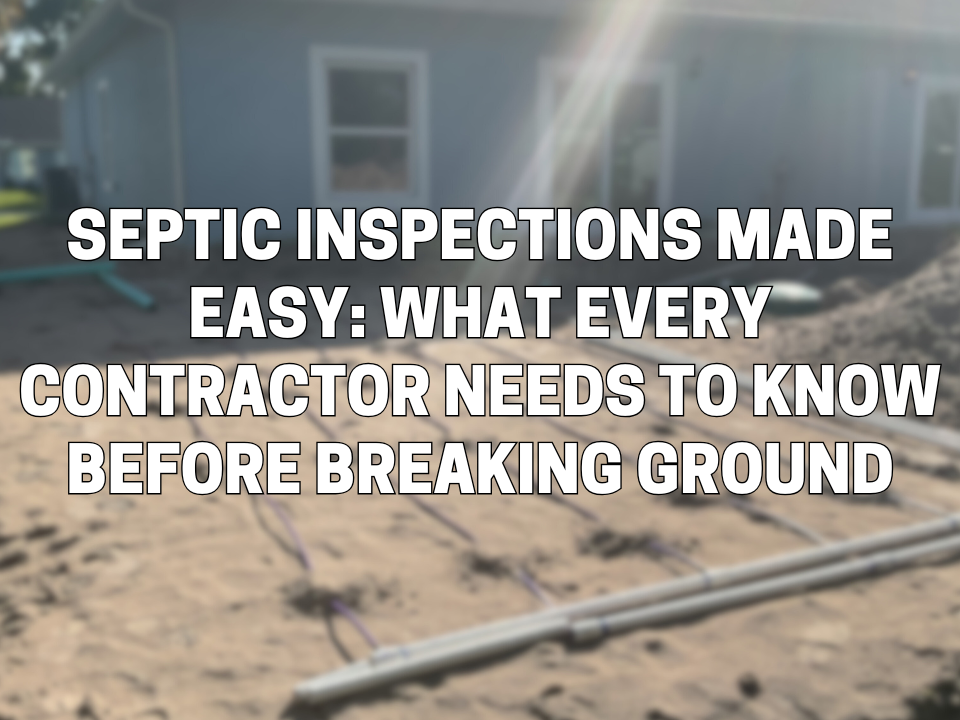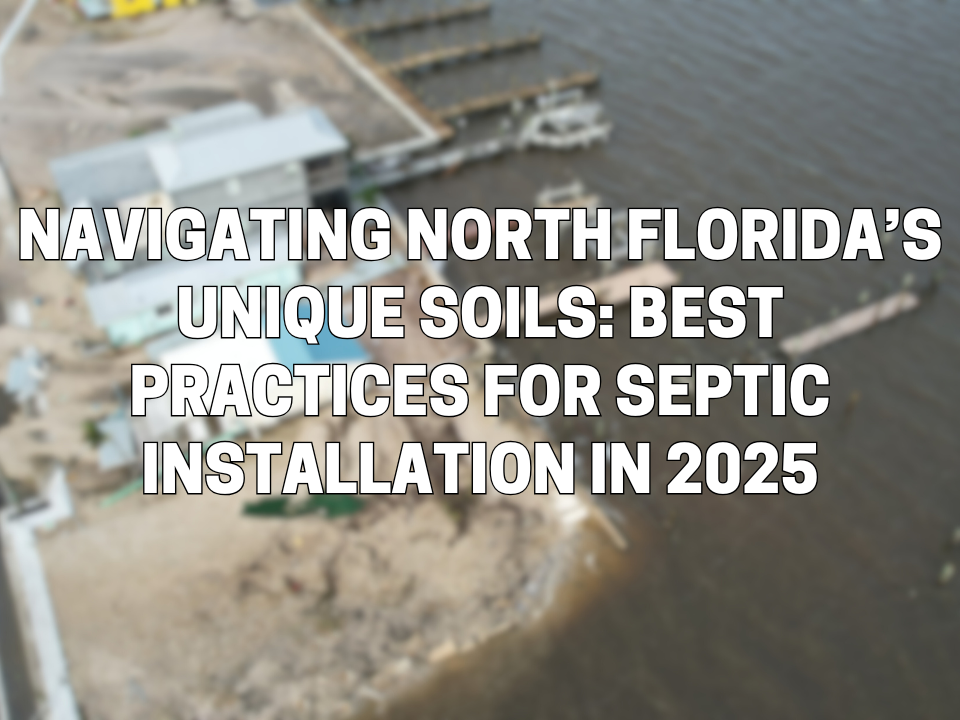Introduction
As large residential developments continue to expand, the challenge of managing wastewater efficiently while minimizing environmental impact has never been more critical. Developers must balance upfront costs, long-term maintenance, and stringent environmental regulations to ensure their projects are both financially and ecologically sustainable.
This article explores the differences between traditional septic systems and advanced treatment systems, key cost considerations for developers, regulatory compliance strategies, and real-world case studies demonstrating the financial and environmental benefits of sustainable septic solutions.
Traditional Septic Systems vs. Advanced Treatment Systems
Traditional Septic Systems
Traditional septic systems consist of a septic tank and a drain field, relying on natural soil filtration to treat wastewater. These systems are widely used due to their lower installation costs and relatively simple maintenance. However, for large developments, they present several challenges:
- Space Limitations – Each system requires sufficient land for a drain field, which may not be feasible in high-density projects.
- Pollution Risks – If improperly maintained, traditional systems can leach nitrogen and phosphorus into groundwater, leading to environmental issues.
- Regulatory Hurdles – Many states and counties impose stricter guidelines on traditional septic systems due to their impact on local water sources.
Advanced Treatment Systems (ATS)
Advanced treatment systems (ATS) use enhanced filtration and biological processes to improve wastewater quality before it enters the drain field or is reused. These systems are more expensive initially but provide significant long-term benefits:
- Higher Efficiency – ATS can remove up to 90% of nitrogen and other contaminants, reducing environmental impact.
- Reduced Land Requirements – Since they treat wastewater more effectively, ATS require smaller drain fields, making them ideal for high-density developments.
- Regulatory Compliance – Many states, including Florida, encourage or require ATS in sensitive areas near water bodies.
Long-Term Maintenance and Operational Costs
Developers often focus on installation costs, but ongoing maintenance and operational expenses are equally important when choosing a septic system.
Key Cost Considerations:
- Installation Costs – Traditional systems are generally more affordable upfront ($5,000-$15,000 per unit), whereas ATS can cost $15,000-$30,000 per unit due to specialized equipment and installation.
- Maintenance & Repairs – Traditional systems require pumping every 3-5 years ($300-$500 per visit), while ATS require more frequent servicing to maintain efficiency. However, ATS tend to have fewer catastrophic failures, reducing unexpected repair costs.
- Lifespan & Replacement – ATS often have longer lifespans due to their advanced filtration mechanisms, which reduce sludge buildup and system failure rates.
- Community-Wide Systems – Some large developments opt for a shared wastewater treatment system, which can reduce per-home costs but requires more intensive management.
Budgeting for Future Costs
Savvy developers create reserve funds to cover long-term maintenance. Florida regulations now require developers to demonstrate financial plans for wastewater management before project approval, making cost forecasting essential.
Meeting Environmental Regulations to Avoid Delays & Fines
State and county governments are increasingly enforcing wastewater management rules to protect local ecosystems. Florida, in particular, has introduced stricter regulations after concerns about nutrient pollution in sensitive waterways like the Indian River Lagoon and the Everglades.
Steps to Ensure Compliance:
- Understand Local Requirements – Each county in Florida has its own set of septic regulations, particularly for developments near wetlands, lakes, or coastal zones.
- Work with Environmental Engineers – Experts can help navigate permitting processes and design compliant systems.
- Adopt ATS in Sensitive Areas – Many counties require nitrogen-reducing systems in environmentally critical locations.
- Plan for Regular Inspections – Florida law mandates inspections every 5 years for certain types of systems, which should be factored into operational planning.
- Consider Centralized Wastewater Options – For developments exceeding 50 homes, centralized systems may be a more practical and regulation-friendly alternative.
Ignoring regulations can result in fines ranging from $500 to $10,000 per violation, project halts, or even system replacements at the developer’s expense.
Case Studies: Cost-Effective & Eco-Friendly Septic Solutions
Case Study #1: Sustainable Septic in a Florida Coastal Development
A 150-home community near Tampa originally planned for traditional septic systems. However, after environmental impact studies, the developer switched to an ATS design with nitrogen-reducing technology.
Results:
40% reduction in nitrogen runoff, protecting local water sources.
$500,000 in state grants due to eco-friendly design.
Lower long-term maintenance costs, saving homeowners $200 annually.
Case Study #2: Community Septic System in Orlando Subdivision
A 75-home development in Orlando faced land constraints that made individual septic systems unfeasible. Instead, the developer installed a shared treatment facility servicing the entire community.
Results:
30% reduction in overall installation costs.
Increased home values due to improved wastewater management.
Full compliance with Florida’s new wastewater regulations, avoiding costly redesigns.
Case Study #3: Upgrading Septic for an Aging Community
A 1980s-era community in Sarasota faced mounting septic failures, leading to groundwater contamination issues. The HOA partnered with engineers to upgrade to an ATS.
Results:
Prevented EPA fines and potential lawsuits.
Increased property values by 15% due to improved infrastructure.
$200,000 in long-term savings by reducing emergency repairs.
Conclusion: A Smarter Approach to Septic Systems
For large-scale developments, choosing the right septic system isn’t just about upfront costs—it’s about balancing financial sustainability with environmental responsibility. Advanced treatment systems may have a higher initial investment, but they provide significant long-term benefits in efficiency, compliance, and cost savings.
By working with Florida Engineering LLC, developers can ensure their projects meet state regulations while maximizing cost-effectiveness. Our team specializes in septic design, regulatory compliance, and innovative wastewater solutions for large developments.
Contact Us – Septic Engineering Near You – Florida’s Top Civil Septic Engineer
- Phone: 941-391-5980
- Email: contact@fleng.com
- Address: 4161 Tamiami Trail, Suite 101, Port Charlotte, FL 33952
Connect With Us
Related Services

